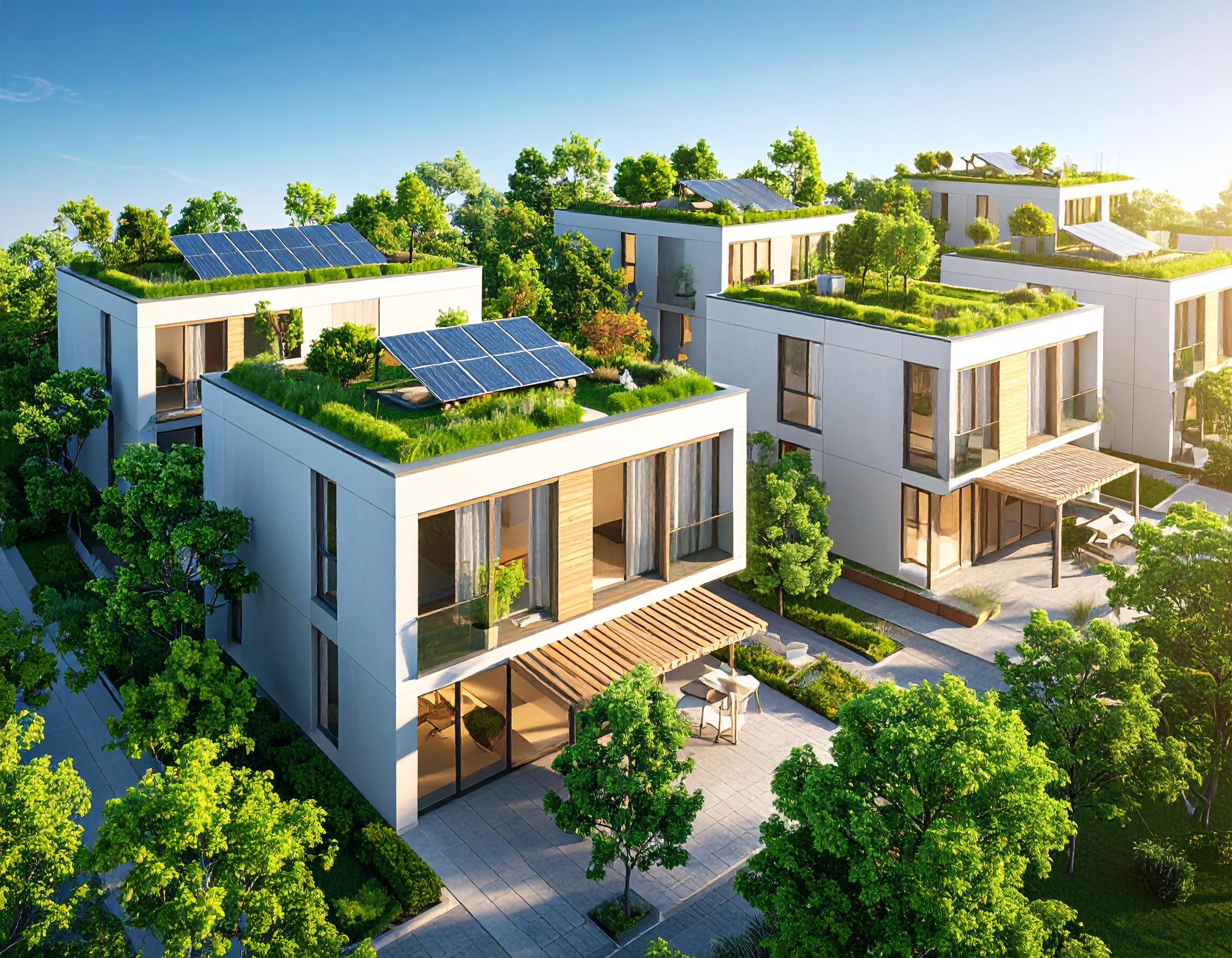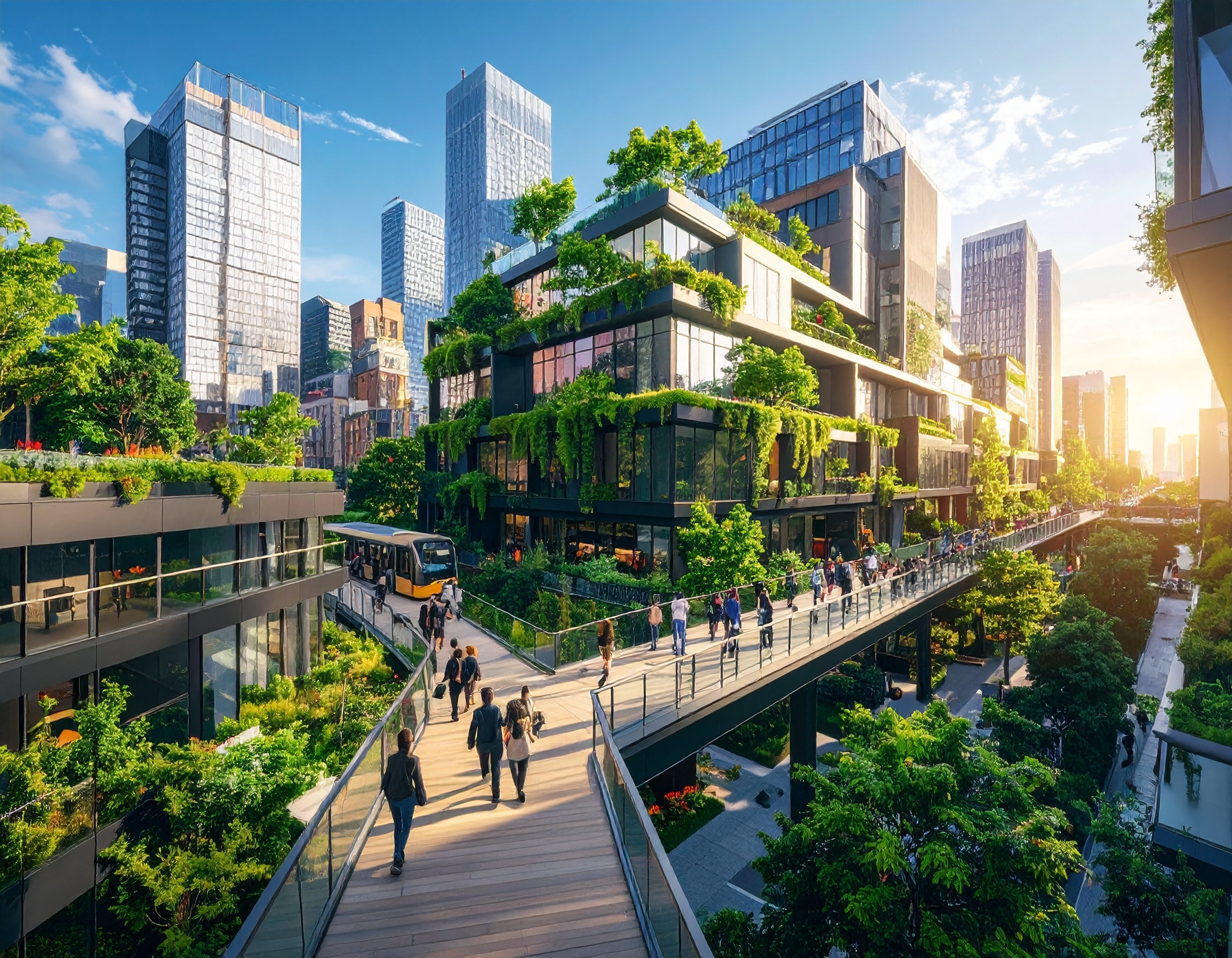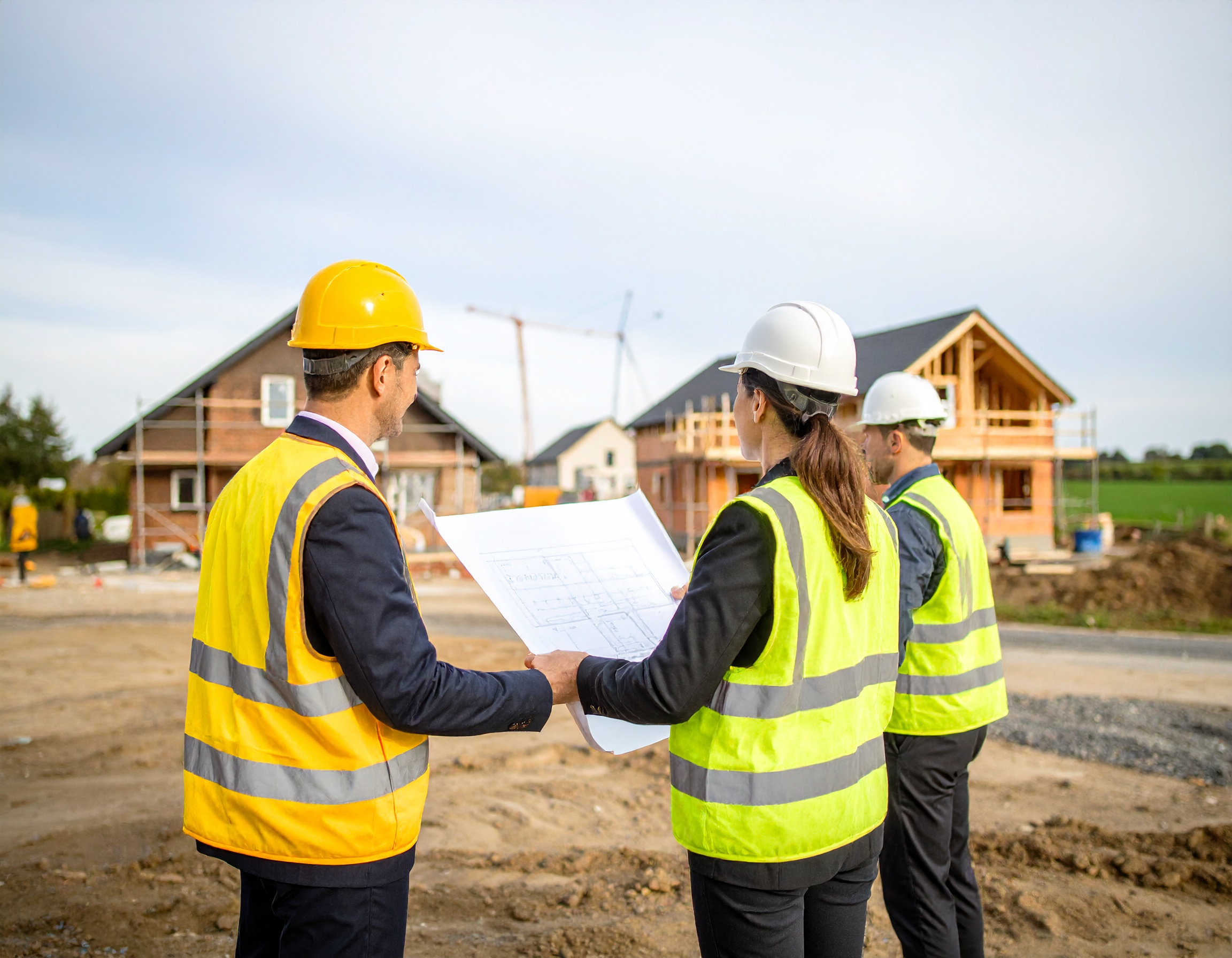Better Design Can Keep New Homes Cooler, Say Experts

Modern homes are increasingly at risk of overheating, but design-led solutions could provide a sustainable fix, say industry specialists.
Two key factors drive overheating in new housing. Firstly, developers often meet only the minimum legal requirements, prioritising cost savings over long-term building performance. This approach can reduce natural cooling elements, such as urban tree planting, which would otherwise help regulate temperatures.
Secondly, fundamental design flaws are frequently addressed with energy-intensive “bolt-on” solutions, such as air conditioning, rather than creating climate-resilient homes from the outset. Even the new Part O building regulations, which aim to prevent overheating, still allow mechanical systems to compensate rather than mandating responsive, well-designed building fabrics.
Experts argue that environmentally minded design professionals, including chartered architectural technologists, can significantly reduce overheating risks without relying on energy-hungry machinery. Strategic building orientation, natural ventilation, and heat-mitigating construction materials are simple yet highly effective measures that are often overlooked to cut costs.
“The climatic challenges we face demand a fundamental rethink of building design,” said [Expert Name, Job Title]. “The knowledge exists to create homes that stay naturally cool—what’s needed now is for it to be applied consistently across the housing sector.”
By prioritising climate-resilient architecture and sustainable building practices, developers can create homes that are not only energy-efficient but also healthier and more comfortable for residents, helping tackle overheating while reducing carbon footprints.

